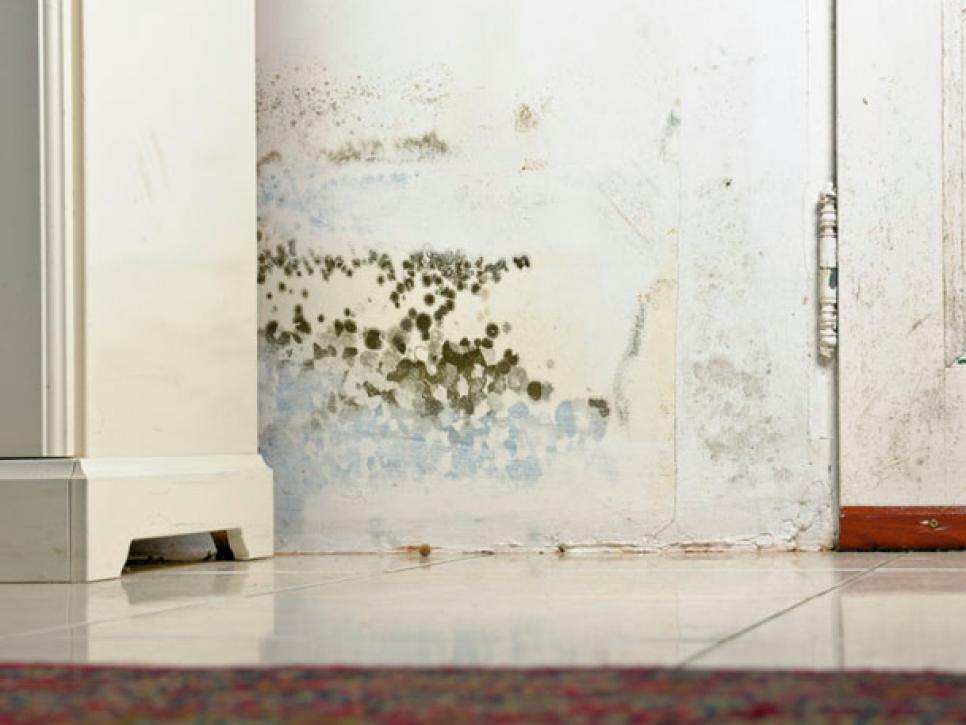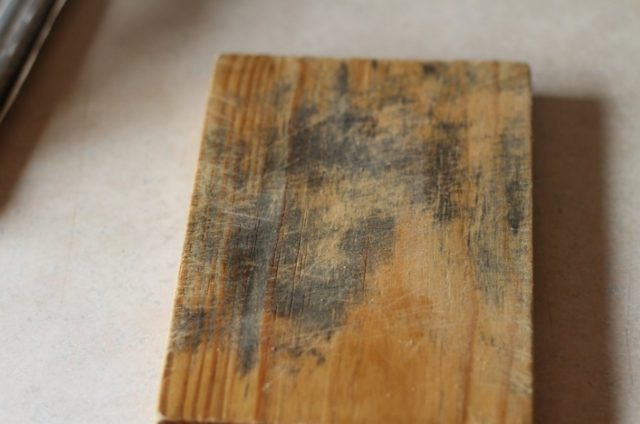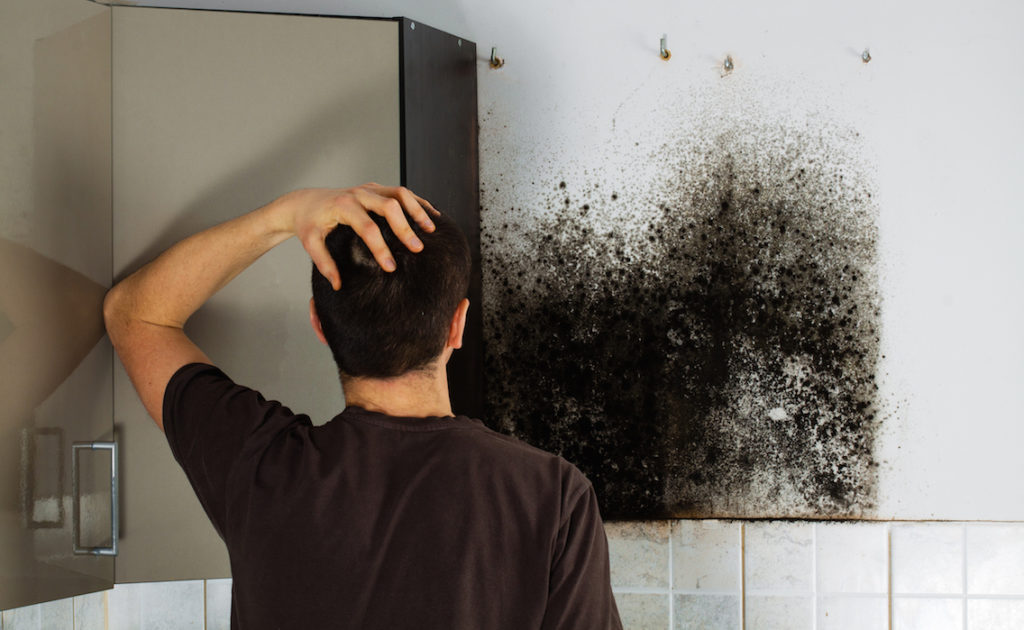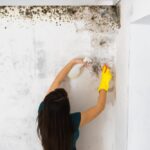Mold is more than just a nuisance; it can trigger various unpleasant health issues such as sore throats, coughs, irritated eyes and skin rashes, which can all be very severe should someone have an allergy to mold. Unfortunately, mold is a common problem that most householders will come across at some point, either in the bathroom – which is vulnerable due to its consistently high level of humidity or during the winter when heating systems can trigger condensation in any room of your home. If you need to hire a professional search for a mold removal company near you for changing the entire look of your space.
Wooden elements and drywall around your windows are the most likely places you will come across mold, so knowing how to deal with it is pretty essential. If you need some advice on doing that keep reading for some easy and useful tips on how to remove mold from both wood and drywall.
Removing mold from drywall

First you need to check if it is worth removing, or if the better move would be to simply replace the entire affected section. [Note that is the affected drywall has not been painted it will definitely need to be replaced as the mold will have been absorbed into it. Read this for more tips.]
Methods to remove the mold
Bleach-water combination
Mix one quart of water and a half cup of bleach, then, using a scrub brush dipped into the mixture gently brush at the mold until it is gone. Wipe the surface with kitchen paper but do not rinse it off.
Borax
Mix a cup of Borax with a gallon of water (scaled up or down depending on the size of the area being tackled.) Having a higher pH than household items like vinegar or baking soda makes Borax a serious player in the mold-killing leagues. Unlike the bleach-water approach you can really scrub at the mold, and keep going until it has all gone, before wiping away any excess left on the drywall and leaving it to dry out naturally.
Other methods
Vinegar and baking soda are more natural but less effective methods. They also take longer to carry out as the mixture needs to be left on the mold for a while to have a chance of working. Ammonia is another option, though it is too toxic for many people. [Never apply ammonia on a wall which has been treated with bleach or you will create a dangerous gas.]
Removing mold from wood

Both painted and natural wood surfaces can usually be safely treated for mold – here’s how.
Simply scrub or wipe away the surface mold using a rough cloth, brush or similar and your choice of household cleaning liquid. You do not need to use bleach, although if you do choose to it won’t harm anything. Don’t worry if there are still some slight signs of the mold, it is usual for mold on wood to come back unless you don’t deal with the issue which caused it in the first place. It is sensible to paint the wood with a special anti-fungal treatment once dry to reduce the chance of further problems.






